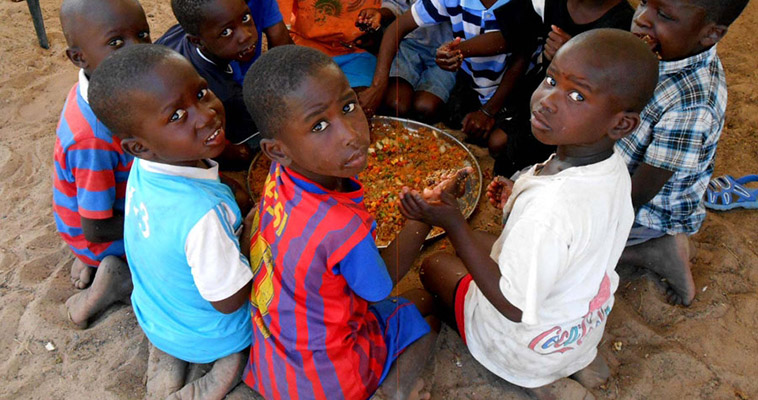- What We Do
- Agriculture and Food Security
- Democracy, Human Rights and Governance
- Economic Growth and Trade
- Education
- Environment and Global Climate Change
- Gender Equality and Women's Empowerment
- Global Health
- Humanitarian Assistance
- Transformation at USAID
- Water and Sanitation
- Working in Crises and Conflict
- U.S. Global Development Lab
Speeches Shim

-
Senegal

-
Population
15.4 Million
-
Pop. Under 5
2.5 Million
-
% Stunting
17% Of Children Under 5
-
% Underweight
14% Of Children Under 5
Photo credit: Karen Chaffraix and Kathleen Barclay
Malnutrition in childhood and pregnancy has many adverse consequences for child survival and long-term well-being. It also has far-reaching consequences for human capital, economic productivity, and national development overall. The consequences of malnutrition should be a significant concern for policy makers in Senegal, with 54 percent of women of reproductive age and 66 percent of children under 5 years suffering from anemia, which impairs growth and development in young children.
USAID Programs: Accelerating Progress in Nutrition
As of January 2018, the following USAID programs with a focus on nutrition were active in Senegal. The U.S. Government selected Senegal as one of 12 Feed the Future target countries for focused investment under the new U.S. Government Global Food Security Strategy. Feed the Future, the U.S. Government’s global hunger and food security initiative, emphasizes agriculture as a driver of economic growth through a strategy that encompasses five core investment areas: agriculture, nutrition, policy, infrastructure, and institutional capacity. In Senegal, Feed the Future supports rice activities in the Senegal River Valley, maize activities in the Southern Forest Zone, and fisheries activities in the Sine Saloum Delta.
- Feed the Future Senegal Cultivating Nutrition
- Senegal Water, Sanitation, and Hygiene Project (SENWASH)
- Senegal Health Project

Comment
Make a general inquiry or suggest an improvement.